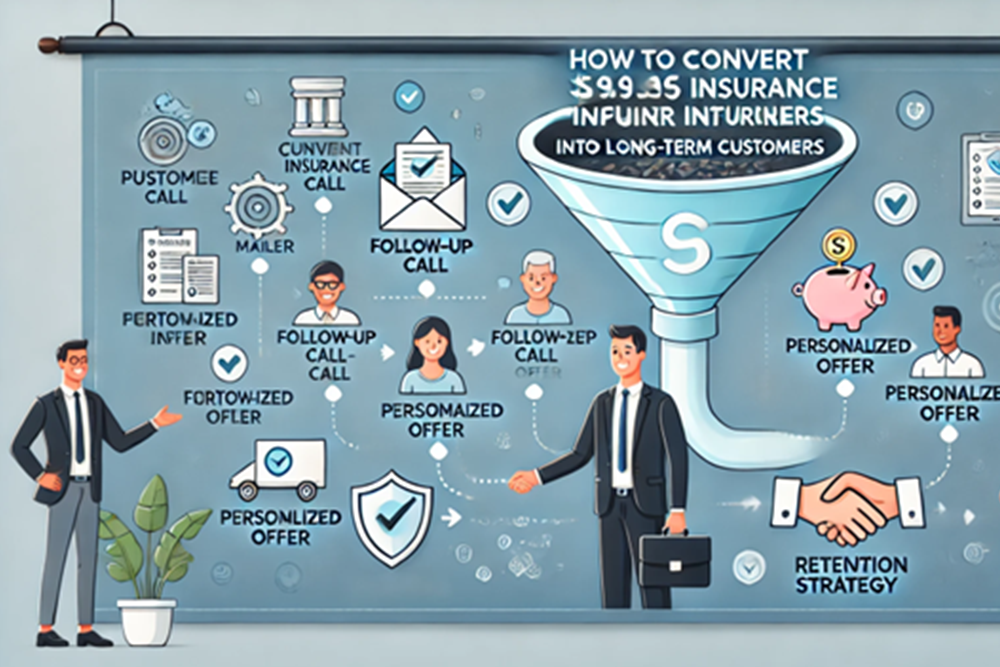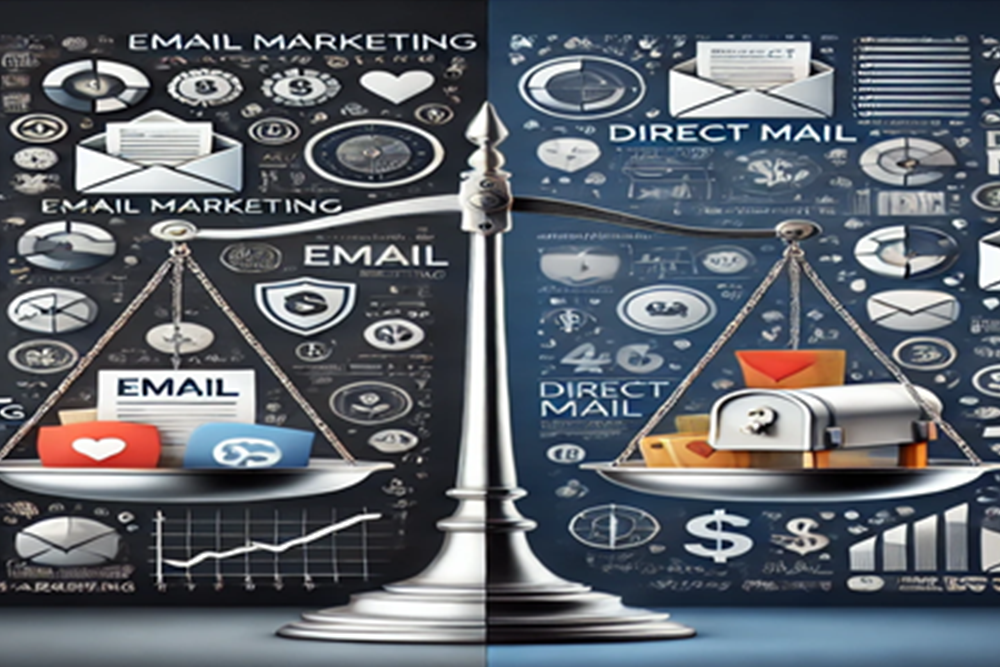21+ Age College Student Marijuana Smokers Of America Mailing List
The 21+ Age College Student Marijuana Smokers of America Mailing List is a highly targeted and valuable resource for businesses and organizations looking to connect with a unique and engaged demographic. This curated list focuses exclusively on adult college students aged 21 and over who actively use marijuana for recreational or medicinal purposes. These individuals are often open-minded, trend-savvy, and responsive to brands that reflect their lifestyle and values. Whether you’re promoting cannabis-related products, lifestyle apparel, wellness items, or event invitations, this list provides direct access to a receptive audience within a high-demand niche. The contacts are gathered through opt-in surveys, cannabis lifestyle communities, college campus events, and loyalty program sign-ups, ensuring a high level of engagement and deliverability. With up-to-date data and customizable geographic or behavioral targeting, this mailing list is ideal for businesses looking to expand their reach among America’s young adult cannabis consumers in a responsible and effective manner.
1.) How College Students Are Shaping the Future of Marijuana Consumption.
College students are playing a pivotal role in shaping the future of marijuana consumption, driven by changing attitudes, legalization trends, and evolving lifestyle preferences. With many students advocating for cannabis decriminalization and wellness-based use, the stigma around marijuana is fading on campuses. This demographic tends to favor edibles, vapes, and low-dose options over traditional smoking, reflecting a shift toward discretion and health consciousness. Social media and peer networks further influence trends, with students embracing cannabis as a tool for stress relief, creativity, and social bonding. Additionally, college students are fueling demand for ethical, sustainably sourced cannabis products, supporting businesses that align with their values. As digital natives, they also lead in adopting cannabis-related tech, such as delivery apps and online dispensaries. Through their consumption patterns and advocacy, college students are not only transforming the cannabis market but also helping to define mainstream acceptance and responsible use for future generations.











